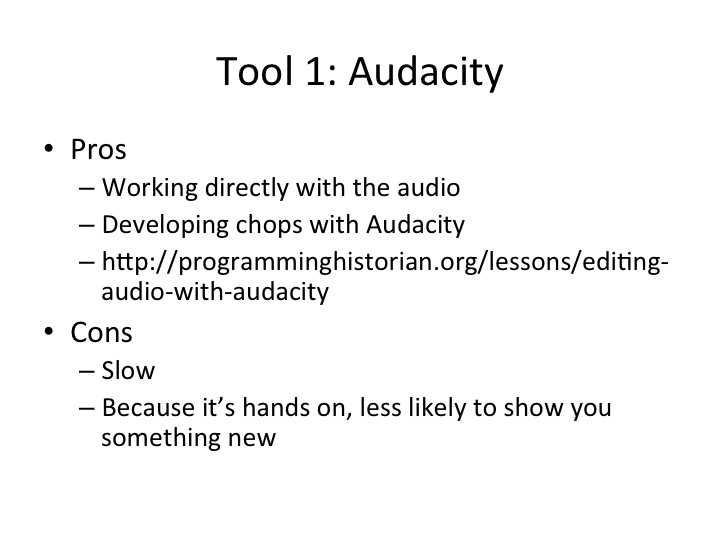

The definition of e-learning varies depending on the organization and how it is used, but basically it involves electronic means of communication, education, and training (1). The American Society for Training and Development defines e-learning as a broad set of applications and processes which include web-based learning, computer-based learning, virtual classrooms, and digital contents. The content, to be studied, is delivered via the Internet, intranet/extranet, audio or video tape, satellite TV, and CD-ROM. These applications and processes include Web-based learning, computer-based learning, virtual classrooms and digital collaboration. It refers to using electronic applications and processes to learn. E -learning is essentially the network-enabled transfer of skills and knowledge. INTRODUCTION E-learning stands for education via the Internet, network, or standalone computer.


The advantages of the use of the presented multimedia products have been analyzed. The opportunities of e-learning and the specific advantages of the software packet HotPotatoes and Audacity have been described. An already established and running virtual learning environment – namely eDuTK (), based on the MOODLE software, is being used in Technical College – Yambol. The report presents the advantages of e-learning and the use of multimedia programs and products in the "English as foreign language" education, when compared to the traditional education.


 0 kommentar(er)
0 kommentar(er)
